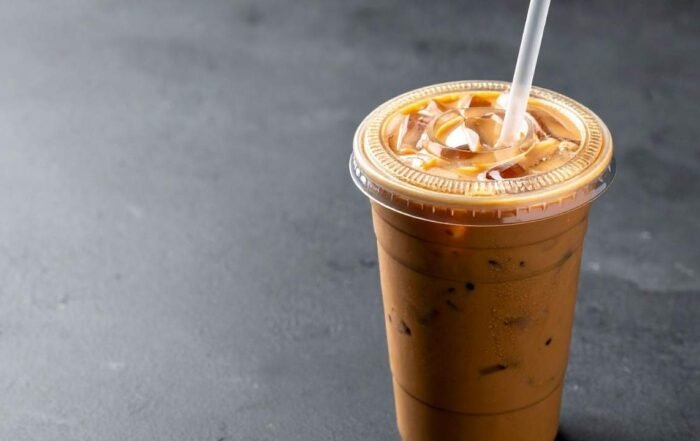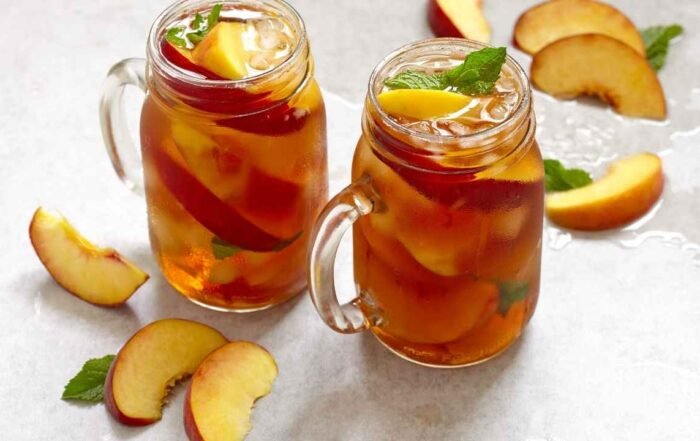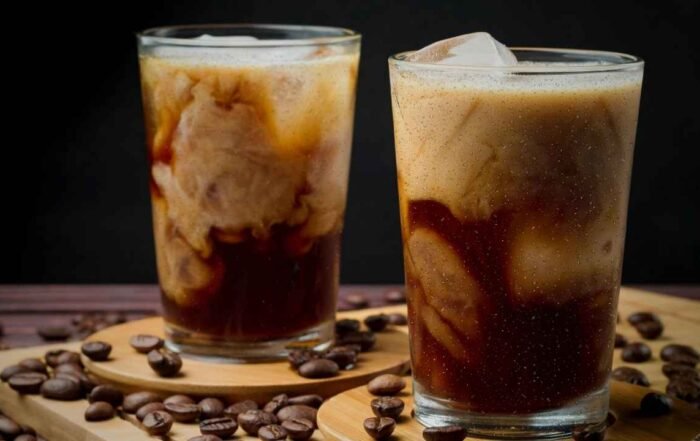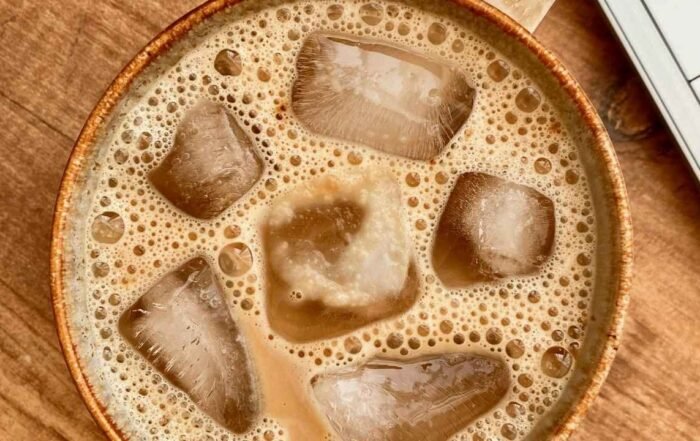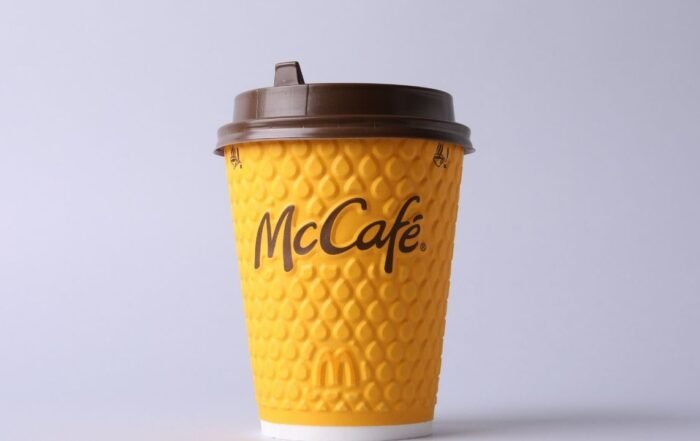In this Article
- Blonde Espresso vs Regular Coffee
- Why Everyone’s Talking About Blonde Espresso
- What Exactly Is Blonde Espresso?
- The Science Behind the Roast
- How Blonde Espresso Differs from Regular Espresso
- Does Blonde Espresso Really Have More Caffeine?
- The Starbucks Comparison
- Taste & Strength | The Great Misunderstanding
- Does Lighter Taste Mean It’s Weaker?
- Final Thoughts
- Leave A Comment Cancel reply
- Related Posts
- Sign up to the newsletter
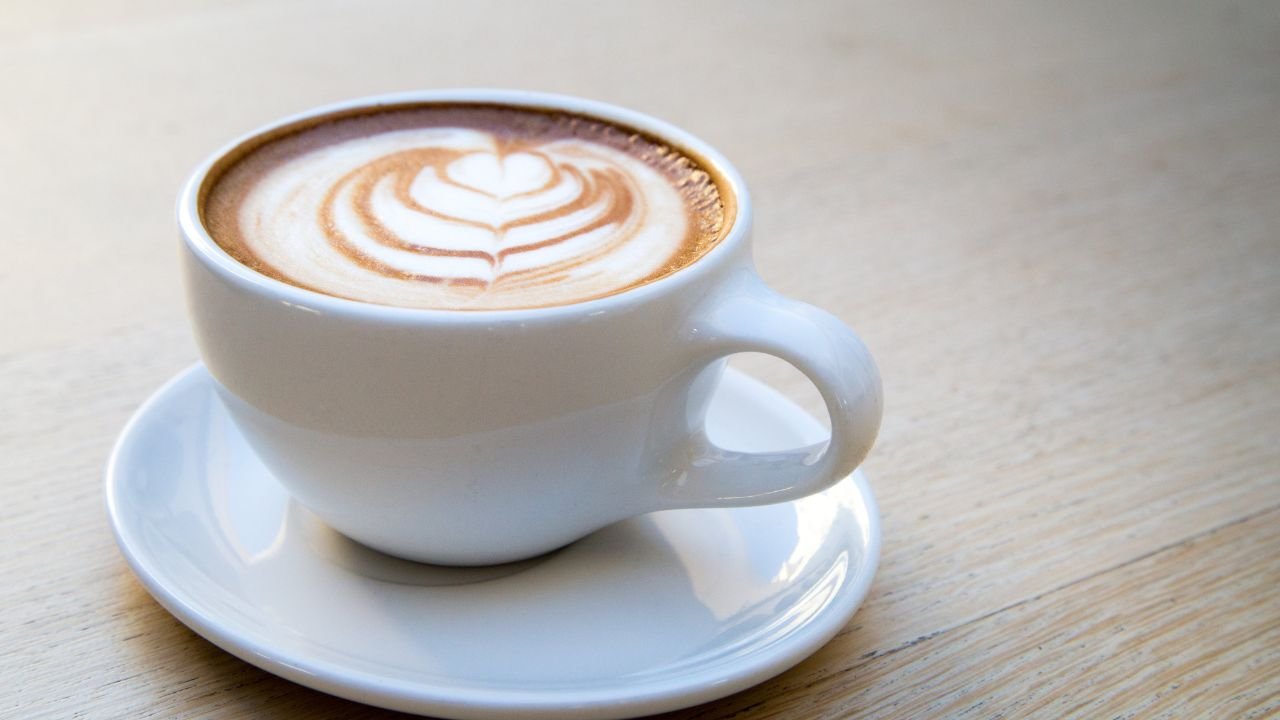
Blonde Espresso vs Regular Coffee
There’s been a quiet buzz lately, no pun intended, around blonde espresso. Every time I walk into a coffee shop, someone seems to be ordering it with curiosity in their voice: “Is it really stronger?” I asked myself the same question a few months ago and decided to find out through my own cup-to-cup comparison.
I used to think espresso was just espresso, dark, bold, maybe a little too intense early in the morning. Then blonde espresso came along, and suddenly the world of caffeine got a new twist. But does it actually have more caffeine? Let’s break it down in plain, real-world terms.
Why Everyone’s Talking About Blonde Espresso
If you rely on coffee to kickstart your mornings like I do, caffeine content matters. Many people are looking for that sweet spot between energy and flavor, something strong but not harsh. Blonde espresso promises just that: a lighter taste without giving up the buzz that coffee lovers crave.
When Starbucks introduced it, I remember trying it out of pure curiosity. It felt smoother on my tongue, less bitter, and somehow more refreshing. That single cup made me want to dig into what makes it so different from the regular espresso I’d been drinking for years.
What Exactly Is Blonde Espresso?
Blonde espresso is essentially a lighter roast version of traditional espresso. Instead of roasting the beans until they turn dark and oily, the roast stops earlier, right after what roasters call the first crack. This means the beans retain more of their natural flavor, brightness, and yes, caffeine.

Think of it as espresso’s friendlier cousin. It’s still bold and concentrated, but not as heavy or smoky. You get more of the bean’s original notes, often a hint of citrus, a touch of caramel, and even subtle fruitiness depending on where the beans come from.
When I brewed both side by side at home using my espresso machine, the difference in color was obvious. The blonde shot looked golden-amber instead of deep brown, and the aroma was lighter and slightly sweet.
The Science Behind the Roast
Here’s the fun part: caffeine doesn’t love heat. The longer coffee beans roast, the more caffeine molecules break down. Because blonde espresso is roasted for less time, it naturally holds on to a bit more caffeine than darker espresso.
To put that in perspective, a light roast can have about 5–10% more caffeine per gram compared to a dark roast. That’s not a huge leap, but you can feel the difference if you’re sensitive to caffeine, or if you drink a few cups a day like I do.
How Blonde Espresso Differs from Regular Espresso
Regular espresso beans are roasted longer, which produces the classic dark, smoky taste most of us know. It’s full-bodied and slightly bitter, perfect if you like that traditional “coffee shop” punch.
Blonde espresso skips the bitterness for a smoother profile. When I first made the switch, I noticed it tasted gentler yet still packed a kick. So, if you’ve ever found espresso too harsh, blonde espresso might be your gateway into enjoying stronger coffee drinks without wincing.
Does Blonde Espresso Really Have More Caffeine?
Surprisingly, yes, a little bit more. Because of its shorter roasting time, blonde espresso retains slightly higher caffeine content. On average:
- Blonde espresso (1 shot): ~85 mg caffeine
- Regular espresso (1 shot): ~75 mg caffeine
Now, these numbers vary by brand and beans used, but the trend stays consistent. That small gap might not sound like much, yet you might notice the extra energy boost, especially if you drink a double shot.

I personally tested this by swapping my usual morning espresso with a blonde version for a week. By day three, I could tell I felt more alert but without the jittery edge dark roasts sometimes give me.
The Starbucks Comparison
Since Starbucks is where most people first try blonde espresso, let’s look at their data. According to their official numbers:
- Blonde Espresso (Double Shot / Doppio): ~170 mg caffeine
- Signature Espresso (Double Shot): ~150 mg caffeine
That 20-milligram difference can add up if you’re drinking larger drinks or multiple shots. My favorite example is the grande blonde latte, it genuinely feels perkier than its regular counterpart, even though it tastes milder.
Taste & Strength | The Great Misunderstanding
Here’s what confuses most people: “strong” doesn’t always mean “more caffeine.” Strength usually refers to taste intensity.
Blonde espresso might have more caffeine, but it tastes lighter because of the roast. Regular espresso, on the other hand, feels stronger on your palate due to its bold, smoky bitterness. It’s a fascinating paradox, the lighter one can actually keep you more awake!
When I compared them, I realized blonde espresso felt cleaner and brighter, while regular espresso delivered that deep, cozy punch. Which one’s better? It totally depends on your mood.
Flavor Notes in Blonde Espresso
Blonde espresso is known for its soft, almost honey-like flavor. You might pick up notes of caramel, toasted nuts, or mild fruitiness. Because the roasting doesn’t dominate the taste, each bean’s origin shines through more clearly.
It’s an excellent choice for milk-based drinks like lattes or flat whites, the natural sweetness pairs beautifully with dairy or oat milk. Personally, I love how it blends in iced drinks; it tastes less burnt and keeps the drink refreshing even as the ice melts.
Does Lighter Taste Mean It’s Weaker?
Not at all. The mild flavor tricks your taste buds, but caffeine-wise, it’s actually stronger. That’s the beauty of coffee science, our senses don’t always tell the full story.
So if you prefer a smooth flavor but still want that caffeine kick, blonde espresso is the smarter choice.
Final Thoughts
So, is blonde espresso stronger than regular coffee?
Technically, yes, at least in terms of caffeine. But if “stronger” means flavor, the regular dark espresso still takes the lead.
After trying both for weeks, here’s my honest take: blonde espresso is like your upbeat, easygoing friend, full of energy, yet calm and approachable. Regular espresso is more like the classic, confident type, bold, familiar, and comforting.
Whichever side you choose, you’re not making a wrong move. Both versions have their charm; it’s all about what kind of energy and taste you want to start your day with.




